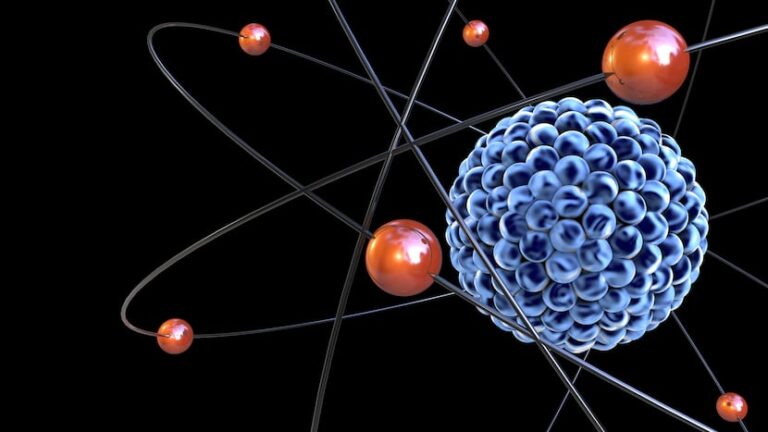When traveling to Texas, it's impossible to ignore the state's rich energy heritage. Boasting a powerful mix of fossil fuels and renewable energy, Texas is often hailed as an example of energy done right. But something is missing between the drilling site and the wind farm.
Despite Texas having four nuclear reactors that play a critical role in providing 10% of the state's electricity, efforts to expand its nuclear footprint have been insufficient. Gov. Greg Abbott's renewed interest may help bridge the gap.
Last August, at the University of Texas at Austin, Abbott announced his support for small modular nuclear reactors, also known as the next generation of nuclear energy. Small modular reactors, commonly known as SMRs, are, as the name suggests, small nuclear reactors. SMRs are unique in that they can generate approximately 300 megawatts of energy, tailored to independently power small neighborhoods and communities. The cost of these small reactors is also dramatically lower. Companies such as Oklo and TerraPower have taken the lead in developing a variety of his SMR designs, promising significant cost reductions and enhanced safety features.
Additionally, SMRs are much easier to deploy than traditional nuclear reactors. After all, they can be mass-produced in factories and installed wherever power is needed. SMR also has the potential to transform decommissioned coal-fired power plants into clean energy facilities and revive communities that once thrived on coal. Even better, using existing coal infrastructure reduces SMR costs by 35%. Texas could be the home of her SMR revolution, bringing jobs and economic prosperity to communities across the state.
Deploying this technology in Texas could have a significant impact not only on energy security and emissions reductions, but also on energy reliability. Nuclear energy is the most reliable energy source and proved its worth during the historic cold snap of 2021, when winter storms wreaked havoc on the Texas power grid. Research on nuclear energy during extreme weather shows that the energy source is incredibly resilient.
Importantly, nuclear energy is gaining popularity among the American public after decades of fear-mongering and disinformation suppressing the industry in the wake of the Three Mile Island and Chernobyl disasters. Approval for nuclear energy in the United States reached 55% last year, with data showing that people who live near nuclear power plants are more supportive of the energy source. Young Americans, especially conservatives, see nuclear power as an essential part of the energy mix and do not share the concerns of their elders.
The benefits of nuclear power are clear and abundant. However, significant challenges remain, particularly in the regulatory framework. There is no federal regulatory track for SMRs, making the approval process complex, time-consuming, and costly. What we need now is common sense to recognize the reforms needed to ensure that this promising innovation can materialize. While Texas cannot solve this problem alone, there are ways state regulators can encourage the development of SMRs within the state.
Texas' all-encompassing approach to energy has been successful, maintaining its traditional energy advantages while embracing clean energy innovations. The advent of the nuclear age will only strengthen the rich energy heritage of isolated star nations.
Daniel Butcher Franz is the CEO of the American Conservation Union. X Follow her at @DanielleBFranz.
We welcome your feedback in a letter to the editor. Please refer to the guidelines. Submit your letter here. If you have any problems with the form, you can email it to: Letters@dallasnews.com

